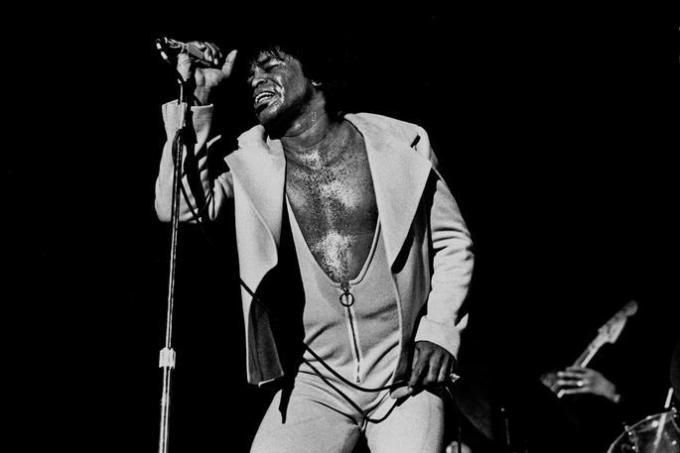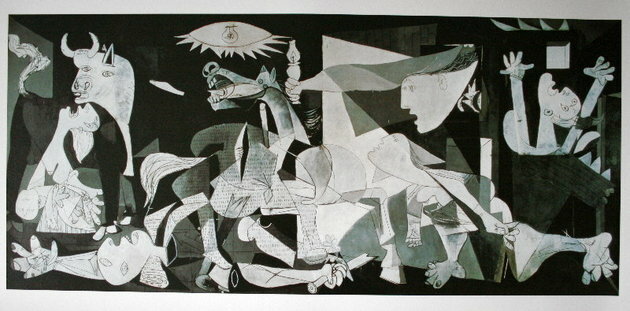Scenic art is all performance production carried out in a specific place and where there is a spectator public.
This place can be either an Italian stage (where the audience is facing the presentation), an arena stage or semi-arenna, an improvised stage or even a public place such as squares and streets.
The artistic languages that make up the performing arts are theatre, dance, circus and opera.
How is the scenic artist training?
The person who works with any type of scenic art needs to have great body awareness, as this is his tool for artistic expression.
Thus, it is through the movements, intonation of the voice, posture and gestural attitude that the artists communicate with the public. Anyone who wants to become this type of professional must have enthusiasm and vigor to carry out various activities.

It is important to emphasize that there are other functions within the area, such as directing, assembling costumes, production, scenography and dubbing. In addition, those who graduate in performing arts can also act on television.
There are those who practice the profession having training in open courses. However, for those who want a deeper preparation there are university courses.
These colleges offer options in bachelor, bachelor and postgraduate degrees. To enter them, proof of specific knowledge is required.
The various languages of the performing arts
Some distinct genres are part of the performing arts. The best known is that of dramaturgy, which encompasses theatre, television and cinema, being the focus of training courses.
However, the languages of dance, circus and opera are also considered performing arts.
Theatre: the art of acting
The theater, as we know it, emerged in Ancient Greece around the 6th century BC. Ç. In this language, actors tell stories to an audience through interpretation.
The aspects of theater are: comedy, tragedy and drama. In each of them, a type of human emotion or feeling is highlighted.
Read too: Theater History
Dance: the art of movement
Dance has its origins in prehistory, when people started to combine sound elements with bodily movements.
Later, in antiquity, it came to be used as a means of celebrating mythological gods.
The dance can be done following a choreography, that is, a previously prepared movement script. It can also be created in the act itself, relying on improvisation.
You may also be interesteda: What is dancing?
Circus: multiple attractions in one show
The circus language brings together several professionals in a "troupe" that usually presents itself in itinerant circular structures.
It arose in ancient civilizations, but it was in the Roman Empire that it developed in a similar way to what we have today.
Among the attractions presented at the circus are: juggling, clowning, trapeze, contortion, fireworks and others.
Deepen your knowledge: Circus History
Opera: music and theater united
In opera, what is built are shows that combine singing, poetry and interpretation. It begins in Italy in the 17th century within the movement called Baroque.
The first piece that has news is Daphne, from 1598, by Jacopo Peri and Ottavio Rinuccini. But before the duo had already created another work, Eurydice, presented only in 1601.
These shows are very traditional and sophisticated, with rich costumes.
There is usually a live orchestra that performs the soundtrack, supporting and complementing the show.



